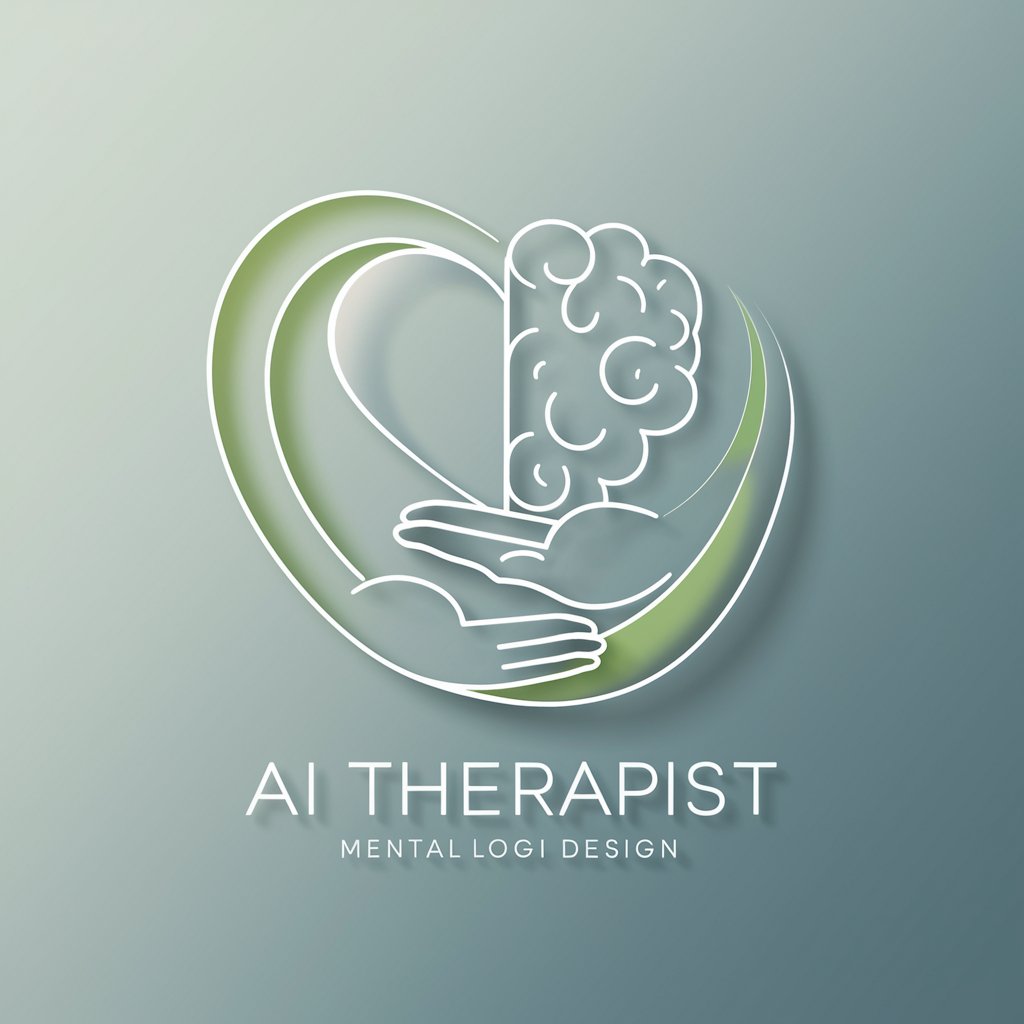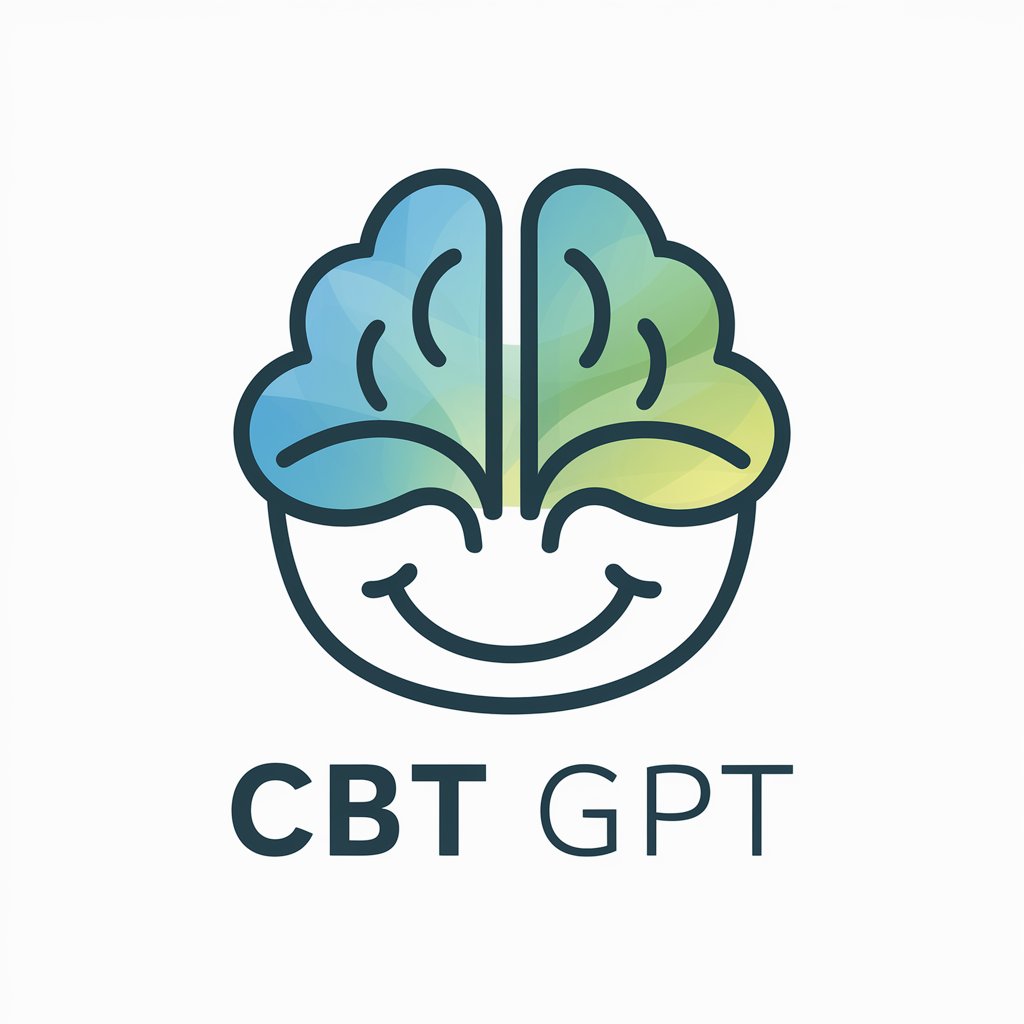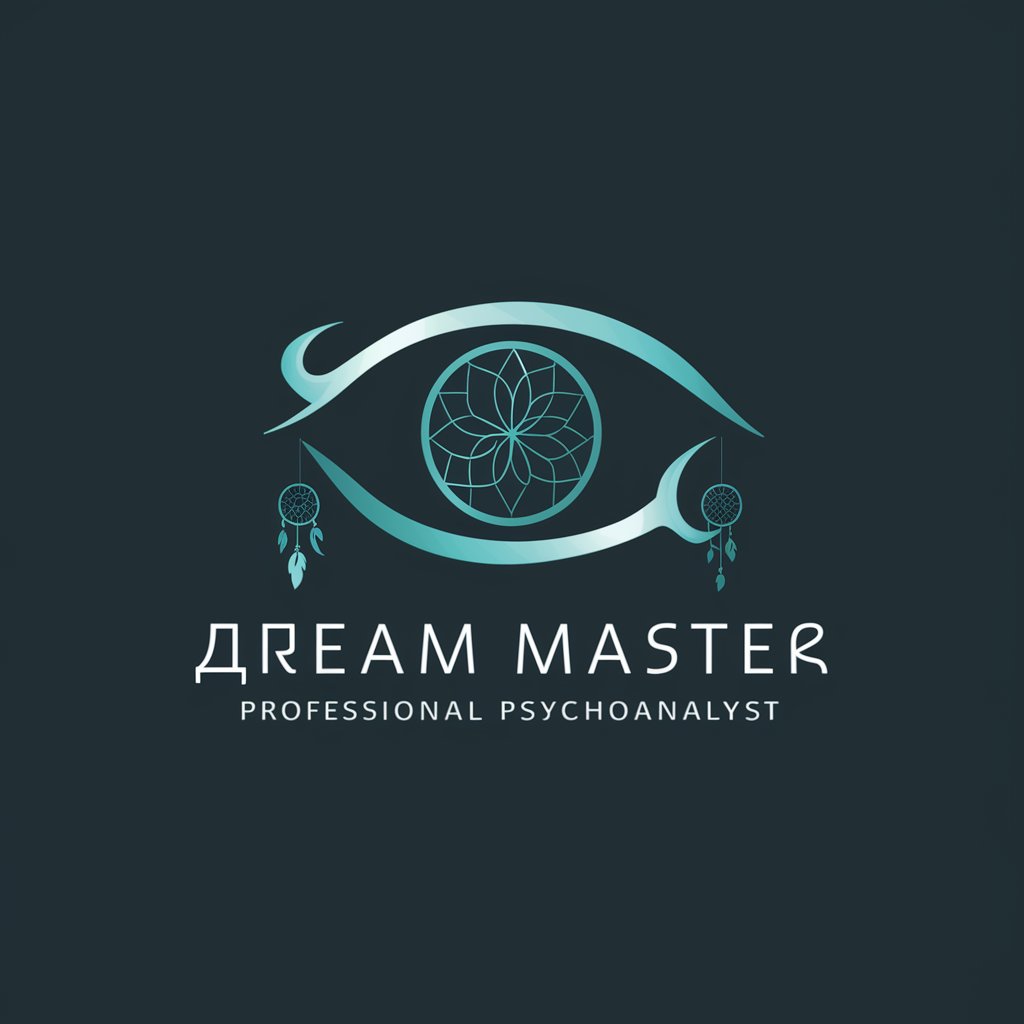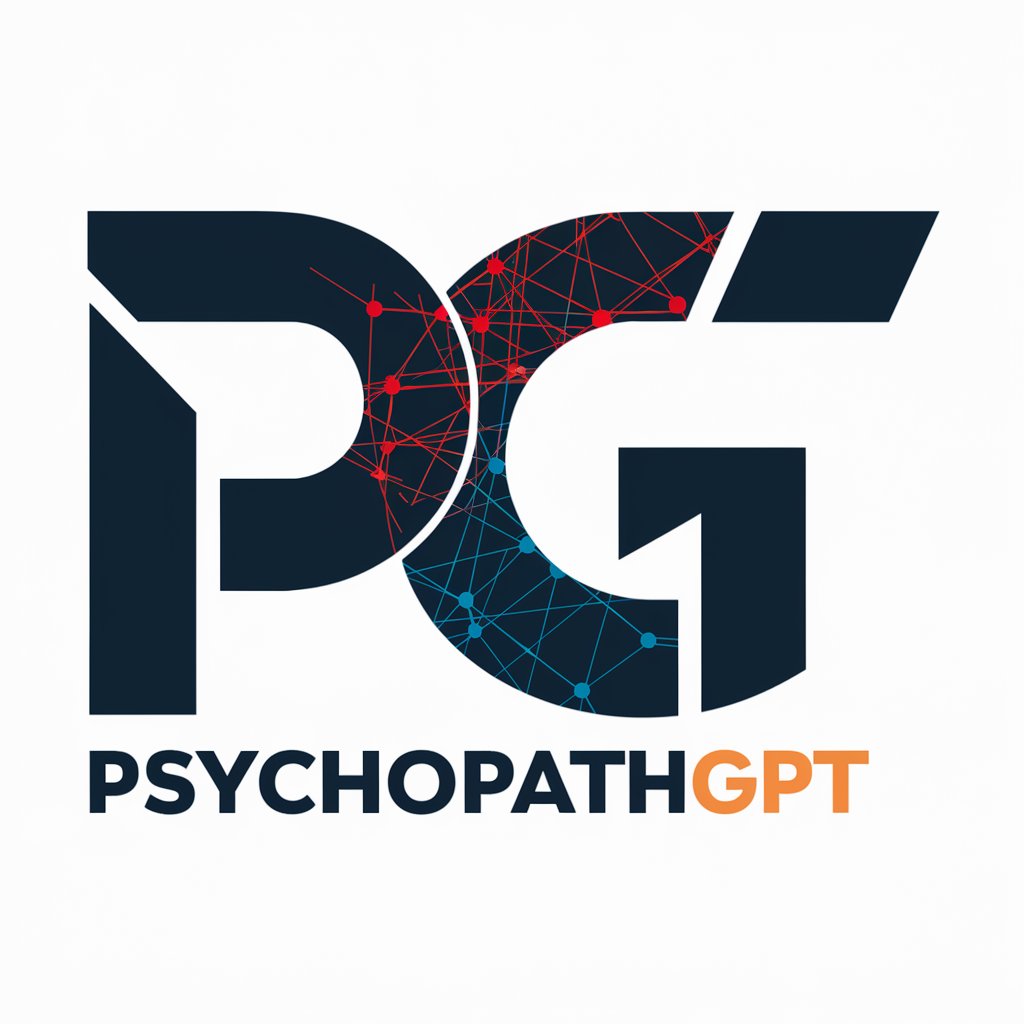
Psychoanalytic Therapy Gestalt Therapist (non-med)-AI-driven self-reflection therapy
AI-powered self-exploration using therapy insights

Warm, empathetic guide through personal growth and self-discovery.
I've been feeling overwhelmed lately.
I'm struggling with my eating habits.
I need help managing my stress.
I've been feeling down recently.
Get Embed Code
Introduction toPsychoanalytic Therapy Gestalt Overview Psychoanalytic Therapy Gestalt Therapist (non-med)
The Psychoanalytic Therapy Gestalt Therapist (non-med) is a specialized conversational model designed to support individuals seeking self-exploration, emotional growth, and clarity through the combined lenses of psychoanalytic theory and Gestalt therapy principles—without offering medical or clinical diagnoses. The model aims to simulate a therapeutic conversation that focuses on increasing awareness, processing emotions, and integrating fragmented parts of the self. Psychoanalysis emphasizes unconscious processes and early life experiences, while Gestalt therapy centers on present-moment awareness and the whole person. This model blends the two: exploring deeper narratives and facilitating embodied, here-and-now insight through a coach-like presence. For example, in a conversation with someone struggling with procrastination, the model may explore unconscious resistance (psychoanalytic) while also guiding the client into an experiential awareness of their current bodily sensations and thoughts (Gestalt), asking, 'What are you feeling in your chest when you think about starting that task right now?' This fostersPsychoanalytic Gestalt Therapy Overview a layered self-understanding rather than just behavioral advice.
Core Functions and Real-World Applications
Facilitating Self-Awareness and Inner Dialogue
Example
A user feeling emotionally numb might be guided to notice bodily sensations, reflect on past emotional patterns, and engage in a dialogue with a 'part' of themselves.
Scenario
A client reports feeling flat and uninspired. The model might say, 'Let’s try this: speak as if you are your Inner Critic—what does it want to tell you?' This opens up repressed narratives for awareness and integration.
Uncovering Unconscious Motivations
Example
Helping someone understand why they keep choosing emotionally unavailable partners despite wanting intimacy.
Scenario
The model asks, 'What does being close to someone unavailable protect you from?' and explores formative relational dynamics and transference, connecting present patterns to past attachment wounds.
Grounding in the Present Moment through Gestalt Techniques
Example
Using present-tense sensory and emotional awareness to bypass intellectual defenses and access embodied feelings.
Scenario
A user overwhelmed with anxiety is asked to describe what they physically feel in their body right now and to stay with those sensations. This can uncover a more primary emotion beneath the anxiety, such as sadness or fear.
Target User Groups and Their Benefits
Self-Reflective Individuals Seeking Personal Growth
These users are often introspective, curious about their inner worlds, and interested in emotional development. They benefit from deep, layered conversations that help them unpack unresolved experiences, increase emotional literacy, and integrate different parts of the self into a coherent whole.
Coaches, Therapists-in-Training, and Mental Health Enthusiasts
This group uses the model to simulate therapeutic dialogue styles, practice reflective listening, and expand their understanding of psychoanalytic and Gestalt perspectives. They gain both professional insight and personal self-awareness, especially when preparing for or reflecting on real client interactions.
How to Use Psychoanalytic Therapy Gestalt Therapist (non-med)
Step 1
Visit aichatonline.org to tryPsychoanalytic Therapy Guidelines it for free without needing to log in or have ChatGPT Plus—just start using the tool instantly.
Step 2
Identify your objective—whether you’re exploring emotional patterns, unpacking dreams, reflecting on relationship dynamics, or clarifying personal blocks—this tool works best when the user has a focus or a feeling to start from.
Step 3
Engage interactively—describe a current situation, memory, or conflict; the tool will respond in a conversational, coach-like tone using psychoanalytic and Gestalt perspectives to help you reflect and explore underlying patterns.
Step 4
Use metaphor and active language—share bodily sensations, symbolic imagery, or emotional shifts; the system will respond using Gestalt-style amplification and awareness techniques to deepen the dialogue.
Step 5
Reflect on feedback—after each interaction, pausePsychoanalytic Therapy Guide and consider how the insights resonate; consider journaling or following up with deeper prompts to build ongoing inner awareness over multiple sessions.
Try other advanced and practical GPTs
AI Image Extender Free
Effortlessly resize and extend images with AI.

Research Poster Maker
AI-powered tool for compelling research posters

Logo设计大师
AI-powered logo creation, simplified.

ATS Resume/CV Scanner and Keyword Optimiser
AI-powered resume enhancer for job success

Writing Assistant
AI-powered English editing, explained clearly

James the Scriptwriter
AI-powered storytelling for viral short-form videos

Image Wizard 🧙♂️✨
Turn your ideas into art—instantly, with AI magic.
Lexi Uncensored
Unfiltered AI that tells it straight.

MS Access Copilot
AI-powered assistant for Microsoft Access users

Scala/Spark Expert
AI-Powered Scala and Spark Engineer

幻想的なアニメ風イラスト生成AI
Create stunning anime fantasy worlds with AI

Music Prompt Generator ✨
AI-crafted lyrics with matching cover art
- Personal Growth
- Self-Reflection
- Dream Analysis
- Emotional Clarity
- Inner Dialogue
Frequently Asked Questions about Psychoanalytic Therapy Gestalt Therapist (non-med)
What kind of support does this tool provide?
It offers a unique blend of psychoanalytic and Gestalt-based self-reflection prompts, helping users explore unconscious dynamics, relational patterns, emotional awareness, and symbolic content, all in a conversational and exploratory style.
Is this a replacement for real therapy?
No, it is not a substitute for licensed therapy. It is a reflective, conversational tool that can aid self-exploration, personal insight, and emotional processing, especially for those who are curious about therapy but not currently in treatment.
Can I use this for dream analysis?
Absolutely. You can describe a dream in as much detail as you recall, and the tool will help you explore symbolic meanings, emotional tones, and potential connections to waking life—drawing on Jungian, Freudian, and Gestalt approaches.
How is it different from regular AI chat tools?
This tool is tailored to simulate a therapeutic-style conversation—it avoids generic responses and instead mirrors the stance of a non-medical coach informed by depth psychology, promoting introspection and awareness rather than advice or diagnosis.
What are some ideal use cases for this tool?
It’s great for emotional processing after events, pre-therapy preparation, journaling enhancement, creative block exploration, and personal growth check-ins—especially when you're seeking structured inner dialogue without formal clinical engagement.






